Formula Utilization
EMS 12-Lead
JUNE 20, 2022
Moreover, he had no pertinent medical history to report in terms of CAD, HTN, HLD, or DM, for example. Here is the final ECG just prior to ED transfer. Attached below is the initial ED tracing upon hospital arrival, approximately 25 minutes after the prehospital ECG. A 12 Lead ECG was recorded. No serial ECG’s were recorded.

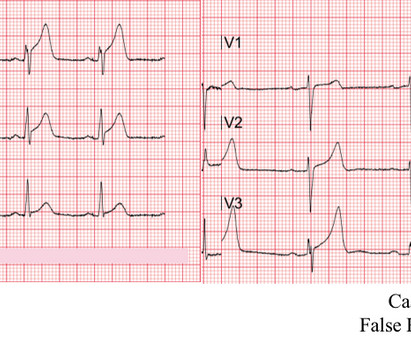
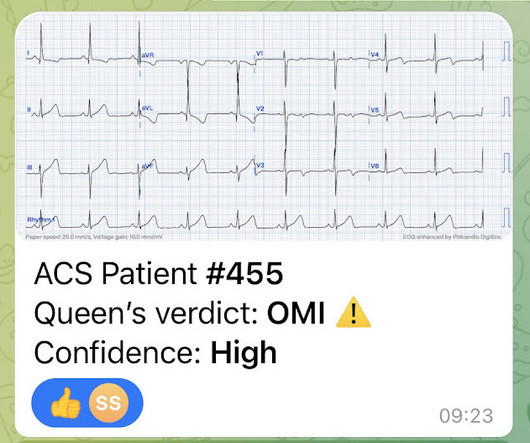
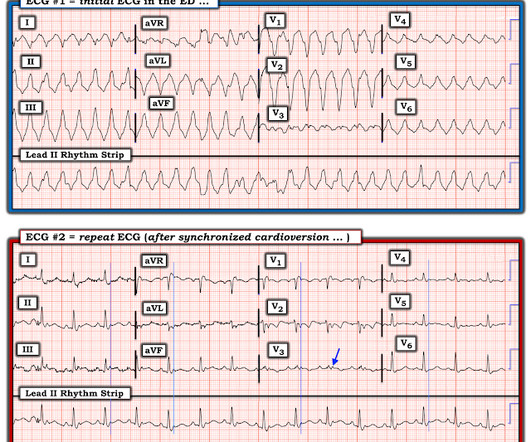
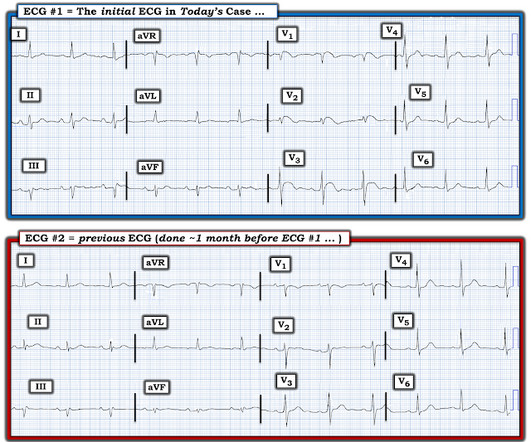
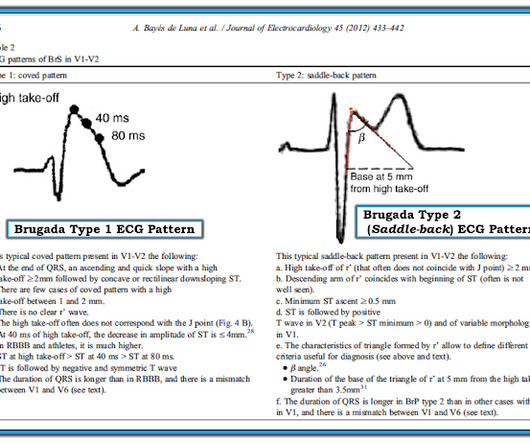






Let's personalize your content